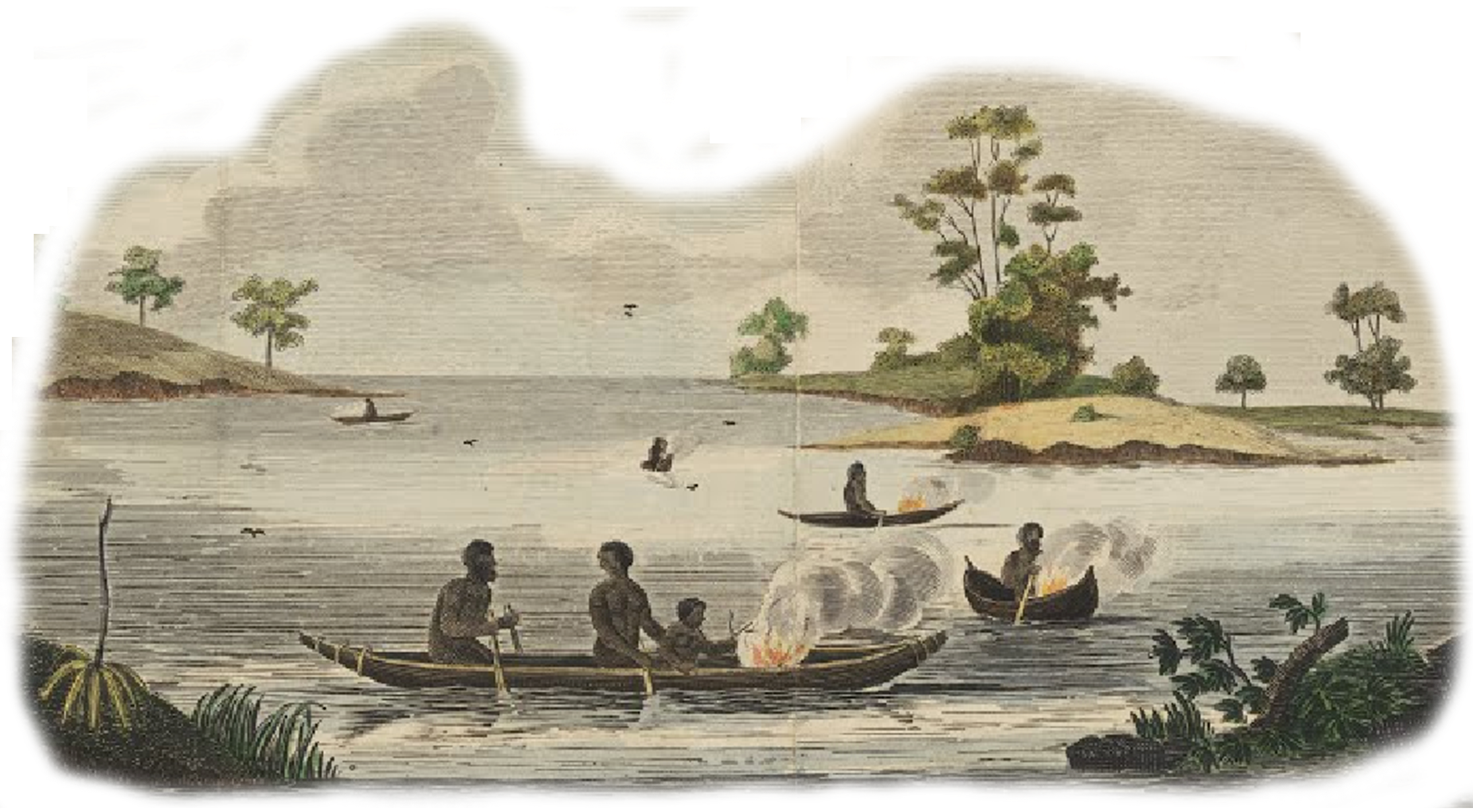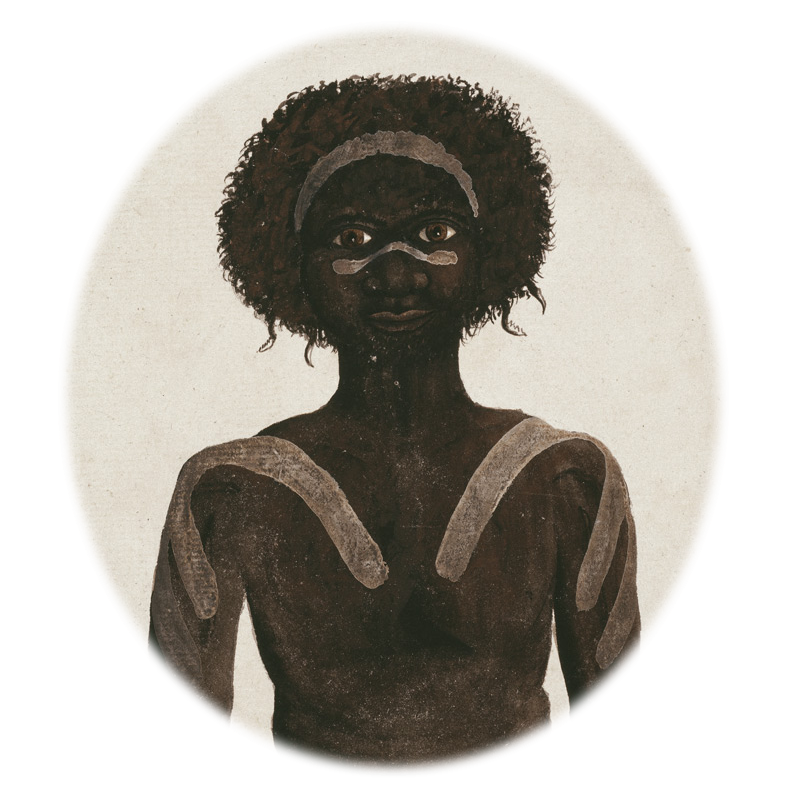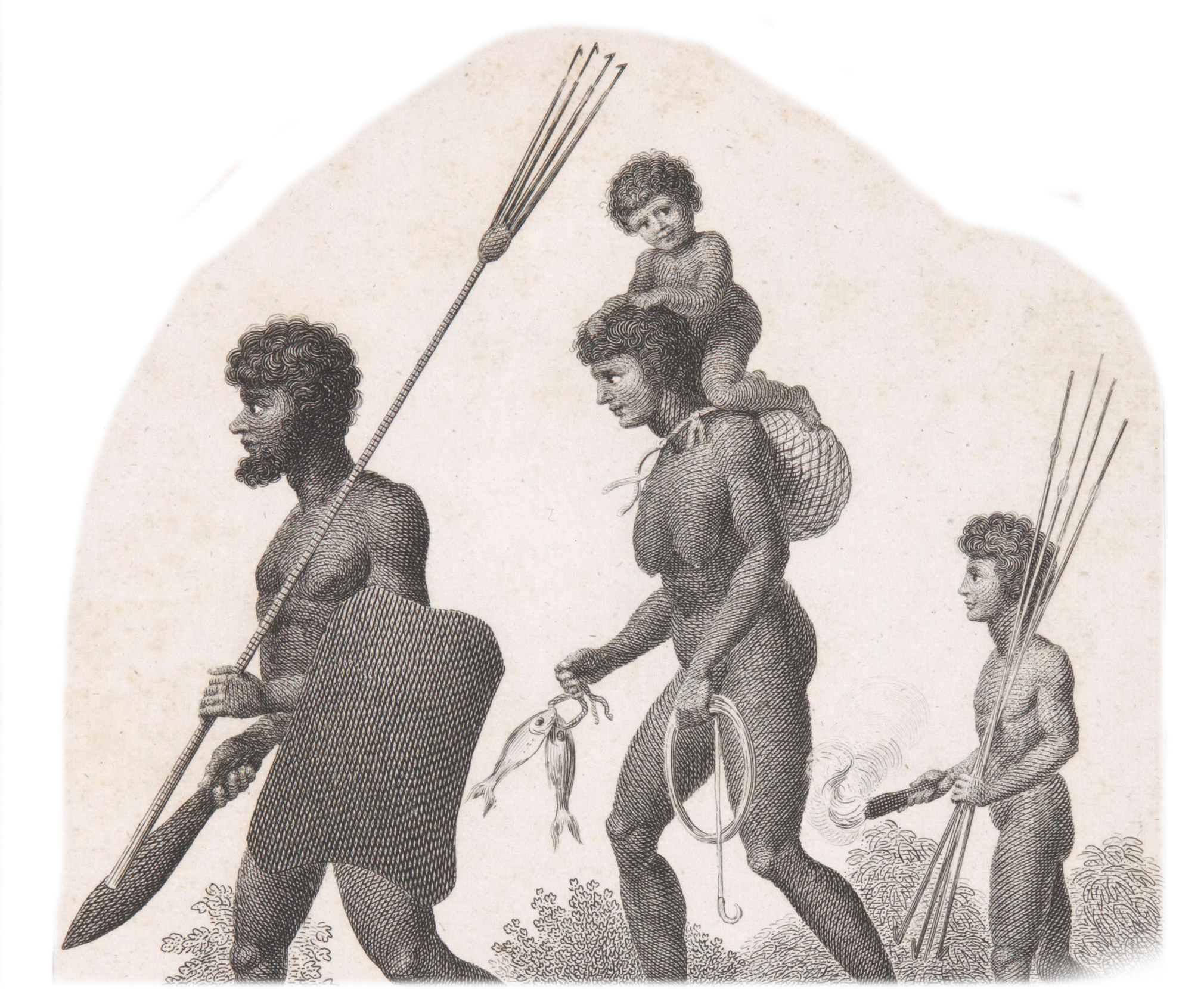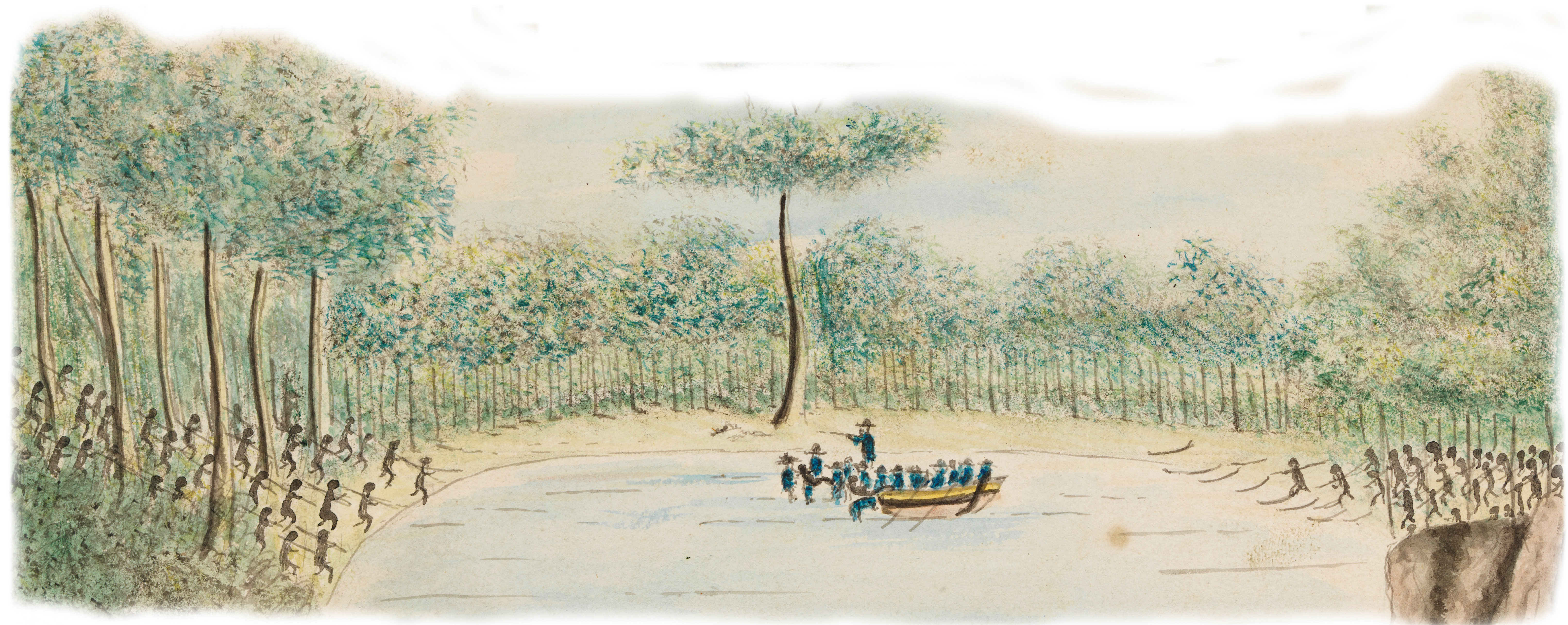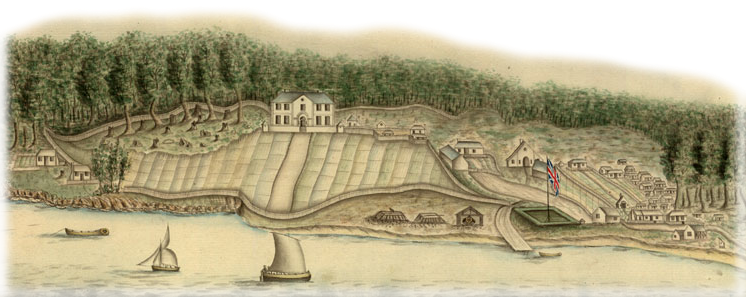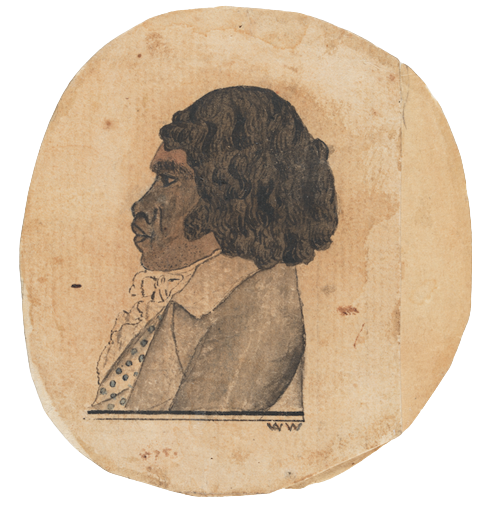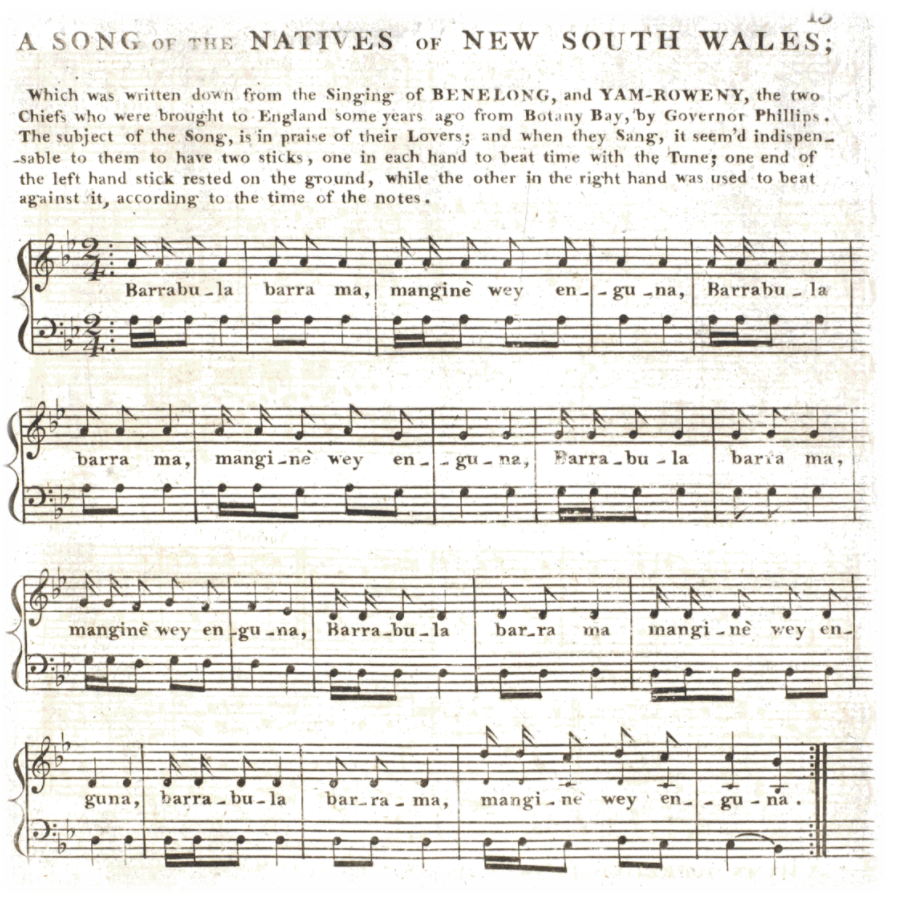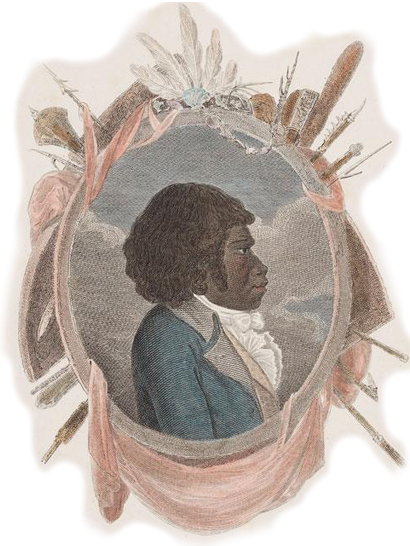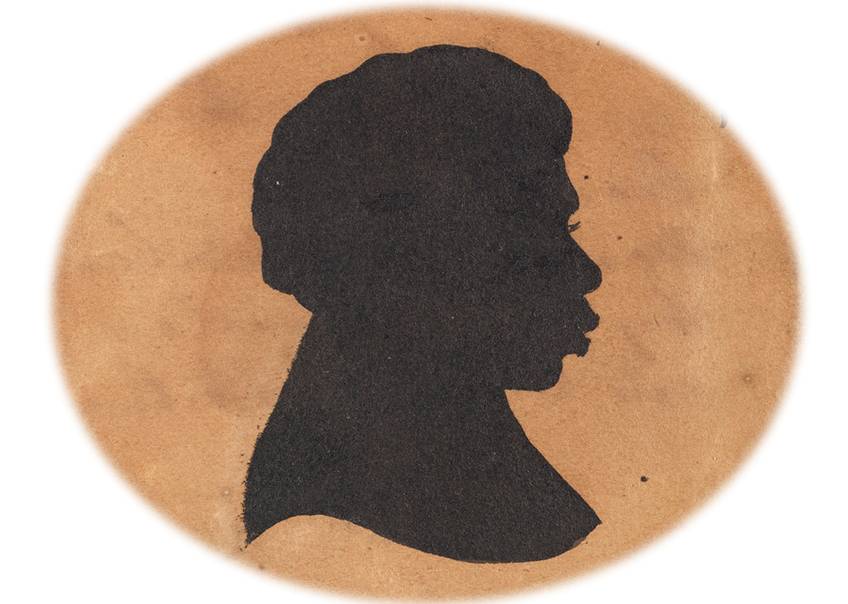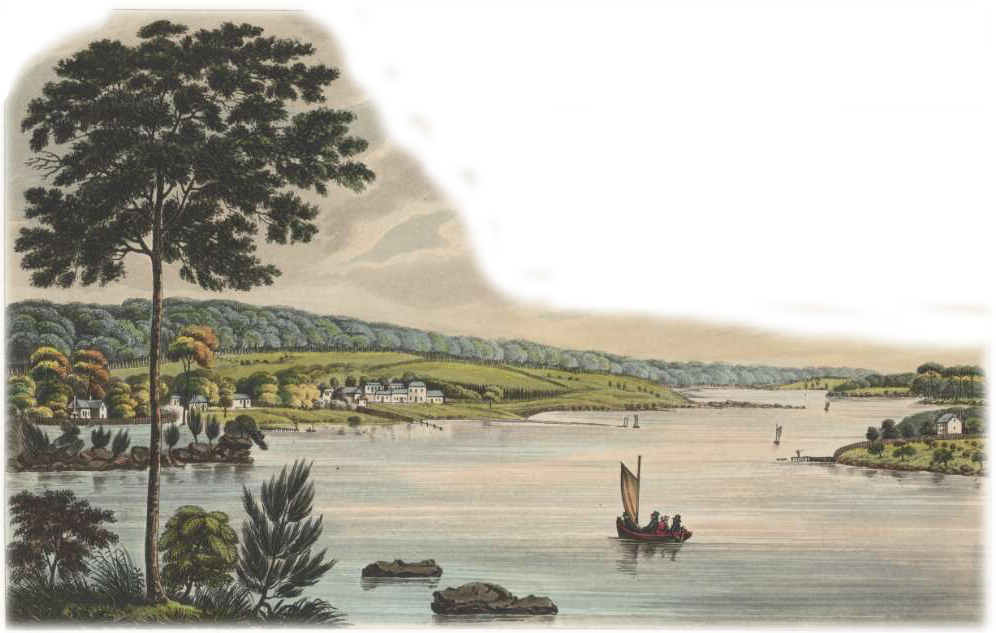#1 INTRODUCTION
During the lead up to 2020 and the anniversary of Cook coming to Australia a group of Historians and a filmmaker began to talk about the lack of knowledge of one of our significant men of Sydney Cove, Bennelong. What then was delayed through covid was a journey of discovery for a new narrative of working through the ideas and the myths behind the man Bennelong.
As a child Pauline had been told stories of Bennelong as a staunch man who was one of our first political prisoners, an international diplomat, a linguist and strategist. This worked against what she read as a teenager and so has always been passionate about making sure the oral histories come out about our influential men and women who where written into history from white lenses.
Bennelong’s history as written by white historians contains many untruths and reflects their lack of understanding of Aboriginal culture. Closer examination of the archives and Aboriginal oral history reveals a different version which deserves greater attention.
Why is it important to understand this story in 2023 – the year of the voice?

